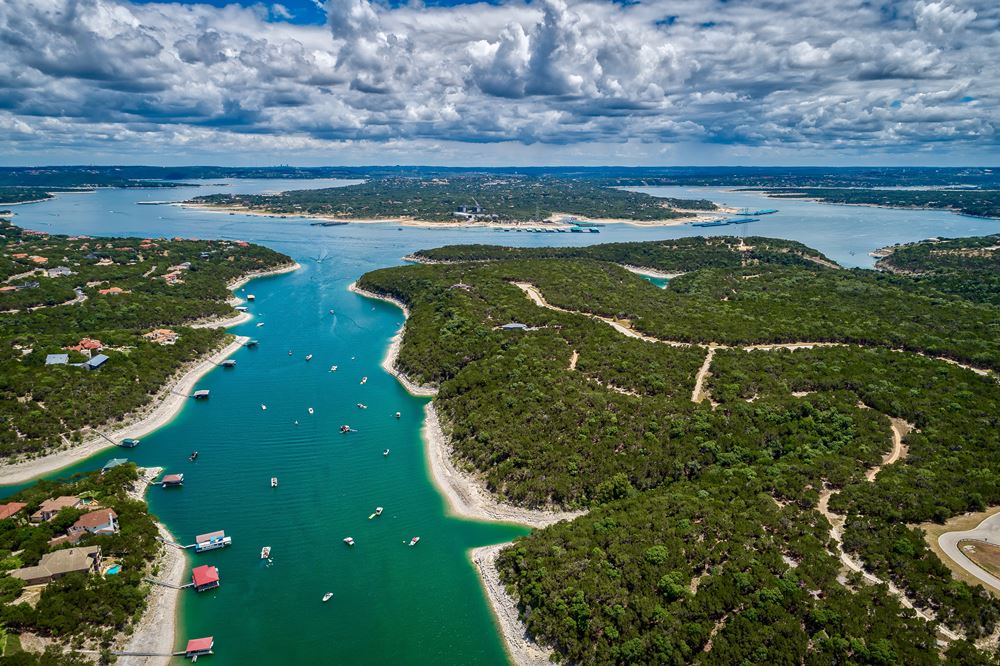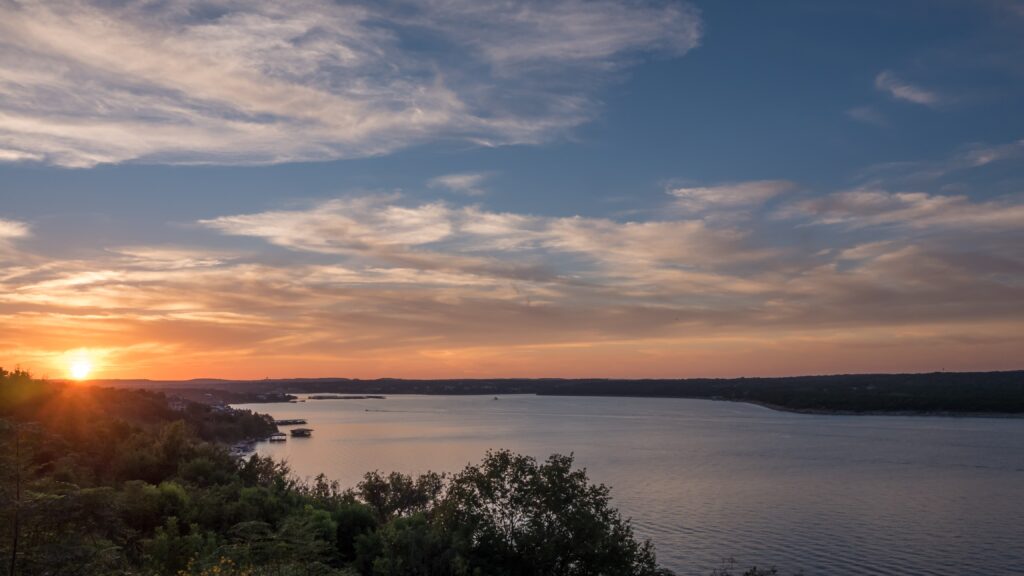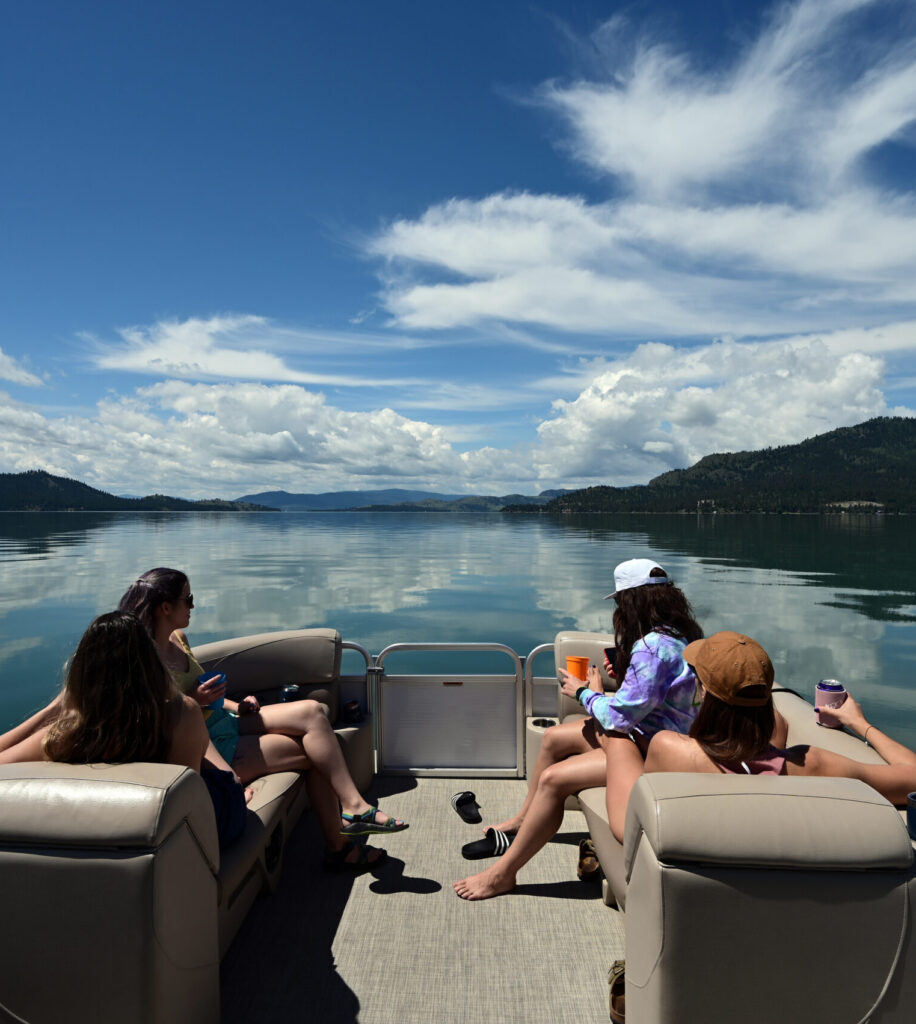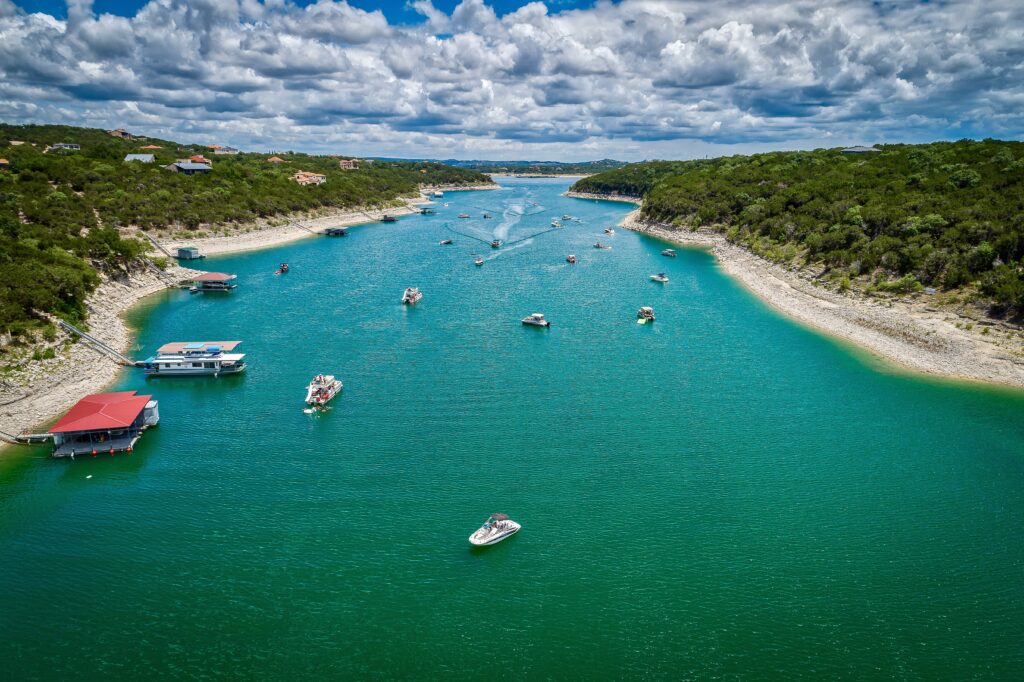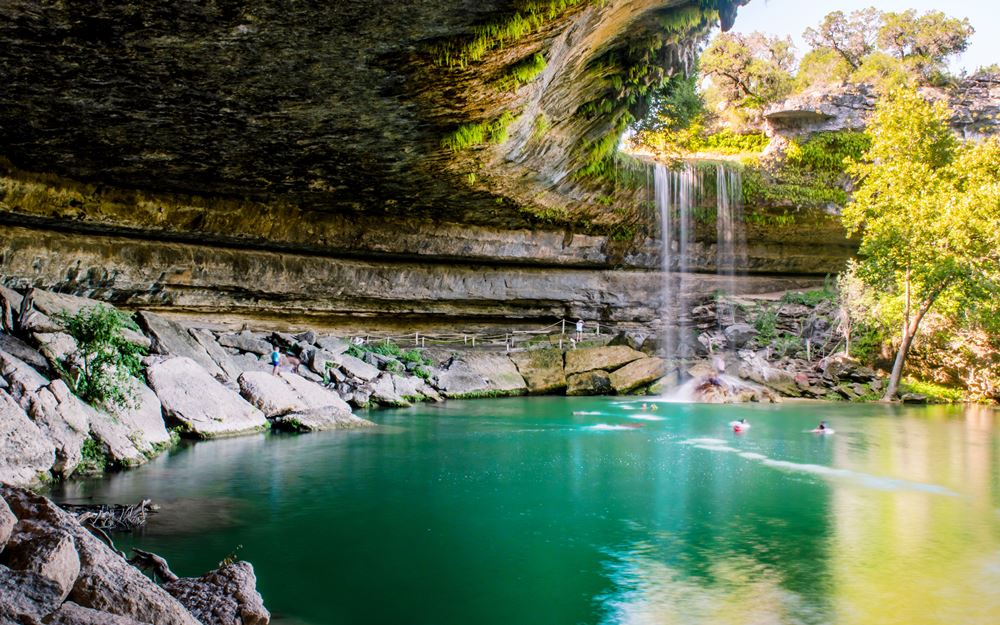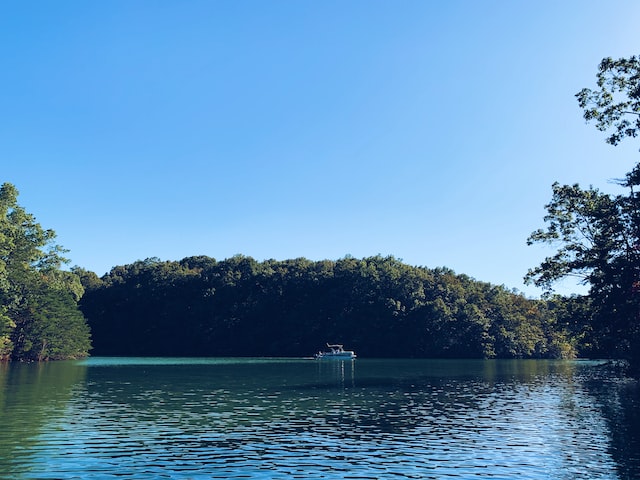If you’ve ever been to Austin, Texas, you’ve likely heard of Lake Travis. This large reservoir on the Colorado River is a popular destination for locals and tourists alike, offering plenty of opportunities for water activities and relaxation. But what many people don’t know is the interesting history behind this popular destination. In this article, we’ll explore the history of Lake Travis, from its creation to its current role in the community.
Before diving into Lake Travis’s history, let’s first understand what it is. Lake Travis is a reservoir on the Colorado River in central Texas that was created by constructing the Mansfield Dam in 1941. The lake is approximately 63.75 miles long, has a maximum width of 4.5 miles, and covers an area of 18,930 acres when full. It is a popular destination for boating, fishing, swimming, and other water activities, and parks, restaurants, and resorts surround it.
The Creation of Lake Travis
Lake Travis was created by constructing the Mansfield Dam, built by the Lower Colorado River Authority (LCRA) in the 1930s and 1940s. The dam was named after U.S. Representative J.J. Mansfield, who worked to secure funding for the project. Construction began in 1937 and was completed in 1941 for $27 million.
The purpose of the Mansfield Dam was to control flooding along the Colorado River and to provide hydroelectric power to the surrounding area. The dam was also intended to create a reliable water supply for the growing city of Austin and the surrounding communities.
The Colorado River was impounded when the dam was completed, creating Lake Travis. The lake was named after William Barret Travis, a hero of the Texas Revolution who died defending the Alamo in 1836.
Early Years
In the early years after its creation, Lake Travis was primarily used for flood control and as a water source for Austin. The lake also provided a new location for recreation, with people boating, fishing, and swimming in its waters.
In the 1950s and 1960s, the popularity of Lake Travis grew, and it became a popular destination for tourists and locals alike. Resorts, marinas, and restaurants began to pop up along the lake’s shores, and the area became known for its natural beauty and recreational opportunities.
Recent History
In recent years, Lake Travis has faced some challenges. Droughts and increased water usage have caused the lake’s water levels to drop significantly, leading to concerns about the lake’s future. In 2011, the lake reached its lowest level in over 40 years, causing many businesses to suffer.
However, the community has rallied around the lake, working to preserve and protect it. Efforts to conserve water and improve water quality have been implemented, and the lake has rebounded in recent years. Today, Lake Travis remains a popular destination for locals and tourists, with plenty of opportunities for recreation and relaxation, with areas like Devil’s Cove emerging as one of the premier waterfront locations in the US.
Lake Travis has a rich and interesting history, from its creation as a reservoir to its current role as a popular destination for recreation and relaxation. While the lake has faced some challenges recently, the community has worked hard to protect and preserve it. Whether you’re a local or a tourist, Lake Travis is a must-visit destination in Austin, Texas. If you’re looking for a fun way to explore the lake in person, try a Lake Travis pontoon boat rental.
